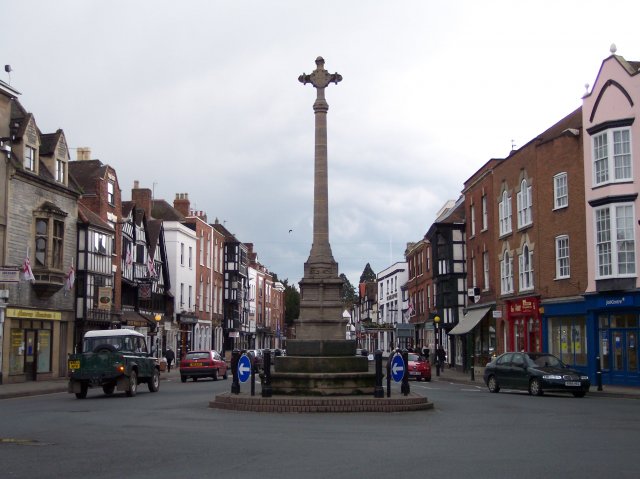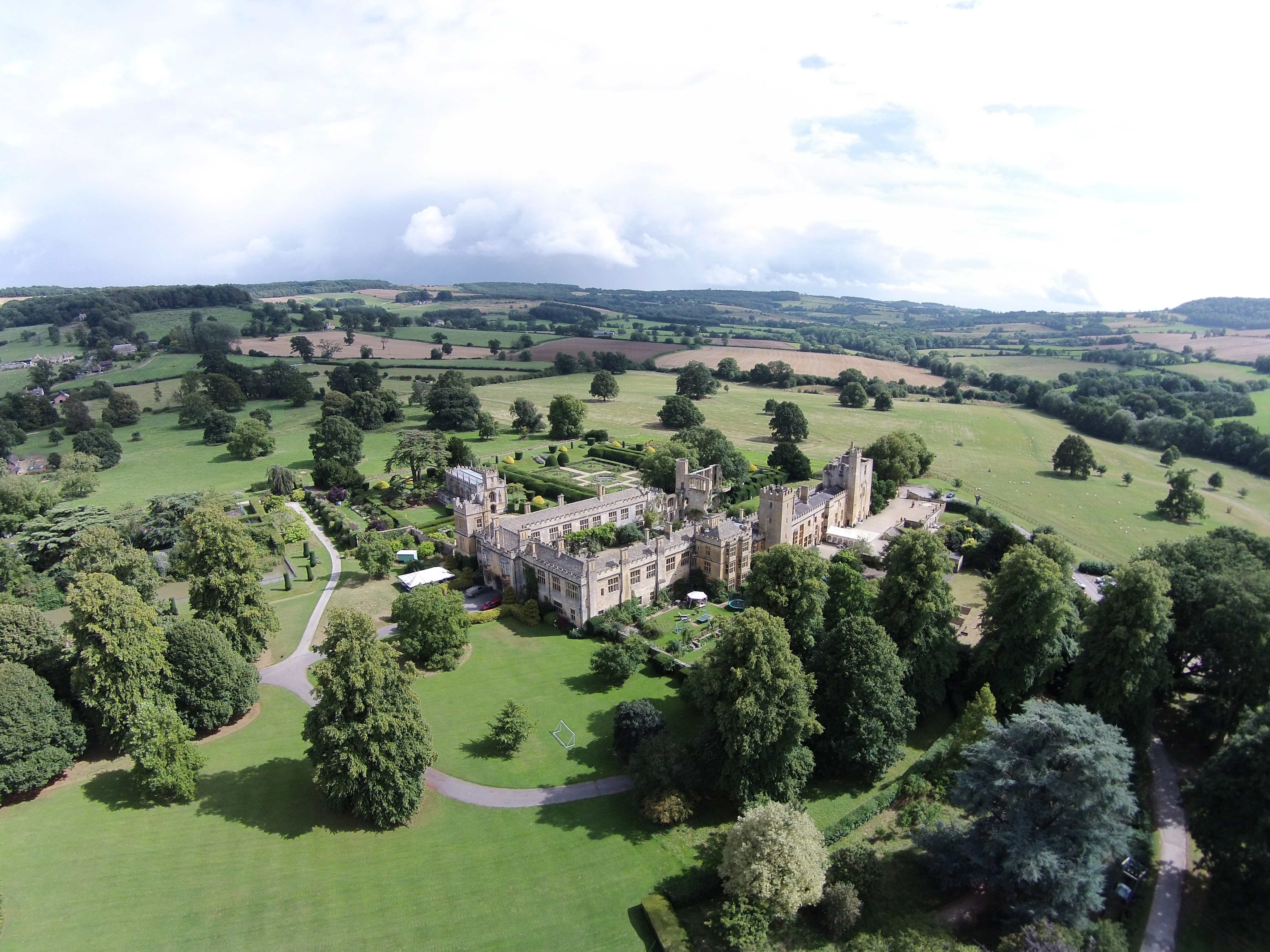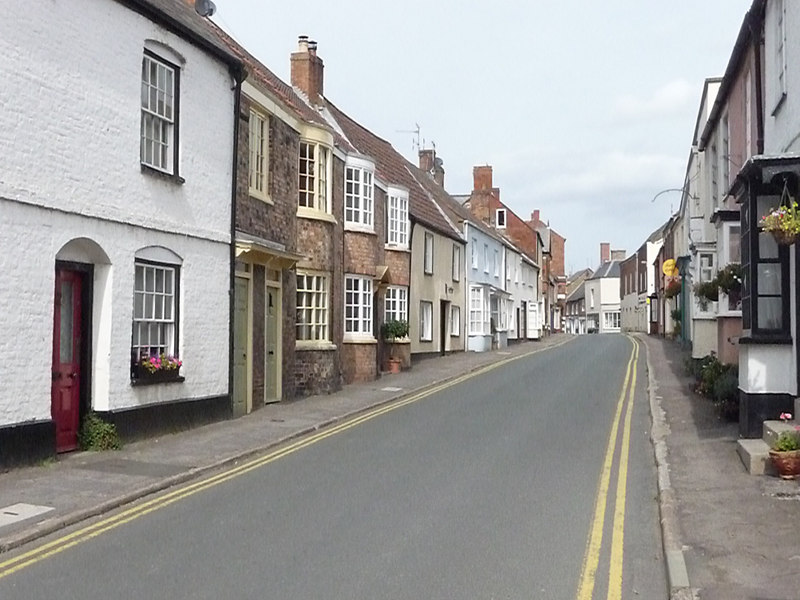|
Siege Of Gloucester
The siege of Gloucester took place between 10 August and 5 September 1643 during the First English Civil War. It was part of a Royalist campaign led by King Charles I to take control of the Severn Valley from the Parliamentarians. Following the costly storming of Bristol on 26 July, Charles invested Gloucester in the hope that a show of force would prompt it to surrender quickly and without bloodshed. When the city, under the governorship of Lieutenant-Colonel Edward Massey, refused, the Royalists attempted to bombard it into submission. Massey adopted an aggressive defence, and the Royalist positions outside the city were regularly disrupted by Parliamentarian raids. The Royalist artillery proved inadequate for the task of siege work and, faced with a shortage of ammunition, the besiegers attempted to breach the city walls by mining. With Royalist miners about to reach the city's east gate and the defenders critically low on gunpowder, a Parliamentarian army led by the ... [...More Info...] [...Related Items...] OR: [Wikipedia] [Google] [Baidu] |
First English Civil War
The First English Civil War took place in England and Wales from 1642 to 1646, and forms part of the 1639 to 1653 Wars of the Three Kingdoms. They include the Bishops' Wars, the Irish Confederate Wars, the Second English Civil War, the Anglo-Scottish war (1650–1652) and the 1649 to 1653 Cromwellian conquest of Ireland. Historians estimate that between 15% to 20% of all adult males in England and Wales served in the military between 1639 to 1653, while around 4% of the total population died from war-related causes. This compares to a figure of 2.23% for World War I, which illustrates the impact of the conflict on society in general and the bitterness it engendered. Conflict over the role of Parliament and religious practice dated from the accession of James VI and I in 1603. These tensions culminated in the imposition of Personal Rule in 1629 by his son, Charles I, who finally recalled Parliament in April and November 1640. He did so hoping to obtain funding that would enab ... [...More Info...] [...Related Items...] OR: [Wikipedia] [Google] [Baidu] |
Puritans
The Puritans were English Protestants in the 16th and 17th centuries who sought to purify the Church of England of Roman Catholic practices, maintaining that the Church of England had not been fully reformed and should become more Protestant. Puritanism played a significant role in English history, especially during the Protectorate. Puritans were dissatisfied with the limited extent of the English Reformation and with the Church of England's toleration of certain practices associated with the Roman Catholic Church. They formed and identified with various religious groups advocating greater purity of worship and doctrine, as well as personal and corporate piety. Puritans adopted a Reformed theology, and in that sense they were Calvinists (as were many of their earlier opponents). In church polity, some advocated separation from all other established Christian denominations in favour of autonomous gathered churches. These Separatist and Independent strands of Puritanism bec ... [...More Info...] [...Related Items...] OR: [Wikipedia] [Google] [Baidu] |
Henrietta Maria Of France
Henrietta Maria (french: link=no, Henriette Marie; 25 November 1609 – 10 September 1669) was Queen of England, Scotland, and Ireland from her marriage to King Charles I on 13 June 1625 until Charles was executed on 30 January 1649. She was mother of his sons Charles II and James II and VII. Contemporaneously, by a decree of her husband, she was known in England as Queen Mary, but she did not like this name and signed her letters "Henriette R" or "Henriette Marie R" (the "R" standing for ''regina'', Latin for "queen".) Henrietta Maria's Roman Catholicism made her unpopular in England, and also prohibited her from being crowned in a Church of England service; therefore, she never had a coronation. She immersed herself in national affairs as civil war loomed, and in 1644, following the birth of her youngest daughter, Henrietta, during the height of the First English Civil War, was compelled to seek refuge in France. The execution of Charles I in 1649 left her impoverished ... [...More Info...] [...Related Items...] OR: [Wikipedia] [Google] [Baidu] |
Storming Of Bristol
The Storming of Bristol took place from 23 to 26 July 1643, during the First English Civil War. The Royalist army under Prince Rupert captured the important port of Bristol from its weakened Parliamentarian garrison. The city remained under Royalist control until the second siege of Bristol in September 1645. Background In the mid-17th century, Bristol was one of the most important cities in England, second only to London in wealth. The Royalists failed to secure it when the war began, leaving it under Parliamentarian control although there were many Royalist sympathisers within the city. In July 1643, the city's garrison was weakened when 1,200 men were sent to reinforce Sir William Waller's Army of the Western Association, which was destroyed at the Battle of Roundway Down on 13 July. The Royalists quickly realised this presented them with a great opportunity to capture important Parliamentarian-held towns in the south-west of England. Only two days after the battle, ... [...More Info...] [...Related Items...] OR: [Wikipedia] [Google] [Baidu] |
Battle Of Roundway Down
The Battle of Roundway Down was fought on 13 July 1643 near Devizes, in Wiltshire during the First English Civil War. Despite being outnumbered and exhausted after riding overnight from Oxford, a Royalist cavalry force under Lord Wilmot won a crushing victory over the Parliamentarian Army of the West under Sir William Waller. Viewed as their most decisive victory of the war, the Royalists secured control of South West England which they held until late 1645. Two weeks later they captured the port of Bristol, allowing them to establish links with supporters in Ireland. Prelude After the hard fought Battle of Lansdown, the Royalists withdrew from Lansdown to Marshfield, hoping to obtain reinforcements and supplies from their wartime capital of Oxford. They arrived in Chippenham on 7 July. Meanwhile, despite his retreat, Waller's army was largely intact after the battle and losses were quickly replaced by the Parliamentarian garrison in Bristol. Hopton's precarious position prov ... [...More Info...] [...Related Items...] OR: [Wikipedia] [Google] [Baidu] |
William Waller
Sir William Waller JP (c. 159719 September 1668) was an English soldier and politician, who commanded Parliamentarian armies during the First English Civil War, before relinquishing his commission under the 1645 Self-denying Ordinance. Elected Member of Parliament (MP) for Andover in 1640, then 1642, in June 1647 he was one of the Eleven Members accused of destabilising the kingdom. He was suspended in Pride's Purge of 1648, and arrested several times between 1650 and 1659. At the 1660 Restoration, he was elected to the Convention Parliament, but retired from politics when it dissolved. He died at Osterley Park, London in September 1668. Waller was one of many who served in the Wars of the Three Kingdoms with great reluctance, but did so based on deeply held religious or political principles. He is perhaps best remembered by a letter written in 1643 to his close friend and Royalist opponent, Sir Ralph Hopton. Biographical details William Waller was born in Knole ... [...More Info...] [...Related Items...] OR: [Wikipedia] [Google] [Baidu] |
Henry Somerset, 1st Duke Of Beaufort
Henry Somerset, 1st Duke of Beaufort, KG, PC (162921 January 1700) was a Welsh politician who sat in the House of Commons at various times between 1654 and 1667, when he succeeded his father as 3rd Marquess of Worcester. He was styled Lord Herbert from 1644 until 3 April 1667. The Dukedom of Beaufort was bestowed upon him by King Charles II in 1682. Early life Henry Somerset was born at Raglan Castle in 1629, and from 1644 was styled Lord Herbert of Raglan. Edward Somerset, 2nd Marquess of Worcester was styled Lord Herbert of Raglan from 1628–1644 As a reward for the services of his father Edward, he was promised, on 1 April 1646, the hand of Princess Elizabeth, the youngest daughter of King Charles I. He left the country during the First English Civil War, but returned by 1650. Lord Herbert His father's estates had been forfeited, and those in Monmouthshire were held by Oliver Cromwell, but Herbert was given an allowance. Having renounced the Roman Catholic faith, w ... [...More Info...] [...Related Items...] OR: [Wikipedia] [Google] [Baidu] |
Tewkesbury
Tewkesbury ( ) is a medieval market town and civil parish in the north of Gloucestershire, England. The town has significant history in the Wars of the Roses and grew since the building of Tewkesbury Abbey. It stands at the confluence of the River Severn and the River Avon, and thus became an important trading point, which continued as railways and later M5 and M50 motorway connections were established. The town gives its name to the Borough of Tewkesbury, due to the earlier governance by the Abbey, yet the town is the second largest settlement in the Borough. The town lies on border with Worcestershire, identified largely by the Carrant Brook (a tributary of the River Avon). The name Tewkesbury is thought to come from Theoc, the name of a Saxon who founded a hermitage there in the 7th century, and in the Old English language was called '. Toulmin Smith L., ed. 1909, ''The Itinerary of John Leland'', London, IV, 150 An erroneous derivation from Theotokos (the Greek title of ... [...More Info...] [...Related Items...] OR: [Wikipedia] [Google] [Baidu] |
Sudeley Castle
Sudeley Castle is a Grade I listed castle in the parish of Sudeley, in the Cotswolds, near to the medieval market town of Winchcombe, Gloucestershire, England. The castle has 10 notable gardens covering some 15 acres within a 1,200-acre estate nestled within the Cotswold hills. Building of the castle began in 1443 for Ralph Boteler; the Lord High Treasurer of England, on the site of a previous 12th-century fortified manor house. It was later seized by the crown and became the property of King Edward IV and King Richard III, who built its famous banqueting hall. King Henry VIII and his then wife Anne Boleyn visited the castle in 1535; and it later became the home and final resting place of his sixth wife, Catherine Parr who remarried after the king's death. Parr is buried in the castle's church, making Sudeley the only privately owned castle in the world to have a Queen of England buried in its grounds. Sudeley soon became the home of the Chandos family, and the castle was visi ... [...More Info...] [...Related Items...] OR: [Wikipedia] [Google] [Baidu] |
Berkeley, Gloucestershire
Berkeley ( ) is a market town and parish in the Stroud District in Gloucestershire, England. It lies in the Vale of Berkeley between the east bank of the River Severn and the M5 motorway. The town is noted for Berkeley Castle, where the imprisoned King Edward II is believed to have been murdered, as well as the birthplace of the physician Edward Jenner, pioneer of the smallpox vaccine, the world's first vaccine. The parish includes the village of Berkeley Heath, which runs along the A38 Bristol to Gloucester road and the adjacent B4066 towards Berkeley. Geography Berkeley lies midway between Bristol and Gloucester, on a small hill in the Vale of Berkeley. The town is on the Little Avon River, which flows into the Severn at Berkeley Pill. The Little Avon was tidal, and so navigable, for some distance inland (as far as Berkeley itself and the Sea Mills at Ham) until a 'tidal reservoir' was implemented at Berkeley Pill in the late 1960s. Governance An electoral ward in the sa ... [...More Info...] [...Related Items...] OR: [Wikipedia] [Google] [Baidu] |
Prince Rupert Of The Rhine
Prince Rupert of the Rhine, Duke of Cumberland, (17 December 1619 (O.S.) / 27 December (N.S.) – 29 November 1682 (O.S.)) was an English army officer, admiral, scientist and colonial governor. He first came to prominence as a Royalist cavalry commander during the English Civil War.). Rupert was the third son of the German Prince Frederick V of the Palatinate and Elizabeth, eldest daughter of King James VI and I of Scotland and England. Prince Rupert had a varied career. He was a soldier as a child, fighting alongside Dutch forces against Habsburg Spain during the Eighty Years' War (1568–1648), and against the Holy Roman Emperor in Germany during the Thirty Years' War (1618–1648). Aged 23, he was appointed commander of the Royalist cavalry during the English Civil War, becoming the archetypal "Cavalier" of the war and ultimately the senior Royalist general. He surrendered after the fall of Bristol and was banished from England. He served under King Louis XIV of ... [...More Info...] [...Related Items...] OR: [Wikipedia] [Google] [Baidu] |
Militia (English)
The Militia of England were the principal military reserve forces of the Kingdom of England from the 10th-18th century. For the period following the creation of the Kingdom of Great Britain in 1707, see Militia (Great Britain). Origins The origins of military obligation in England pre-date the establishment of the English state in the 10th century, and can be traced to the 'common burdens' of the Anglo-Saxon period, among which was service in the fyrd, or army. There is evidence that such an obligation existed in the Kingdom of Kent by the end of the 7th century, Mercia in the 8th century and Wessex in the 9th century, and the Burghal Hidage of 911–919 indicates that over 27,000 men could have been raised in the defence of 30 West Saxon boroughs. In the late 10th century, areas began to be divided into 'Hundred (county division), hundreds' as units for the fyrd. The obligation to serve was placed on landholders, and the Domesday Book indicates that individuals were expected to s ... [...More Info...] [...Related Items...] OR: [Wikipedia] [Google] [Baidu] |






%2C_1st_Duke_of_Beaufort%2C_KG%2C_PC.jpg)



